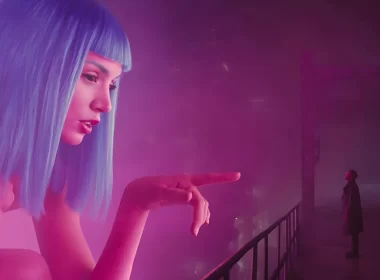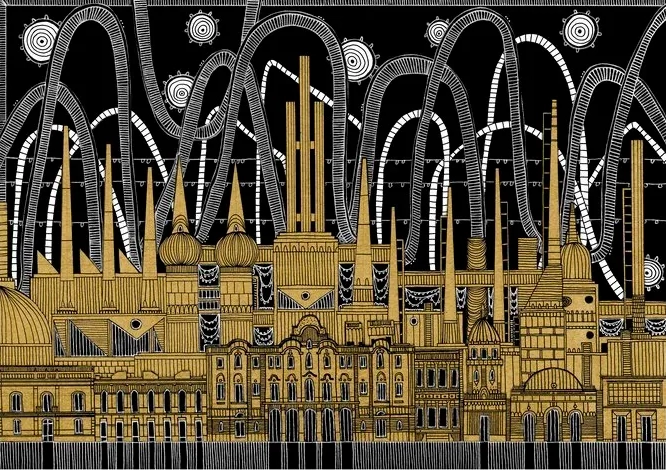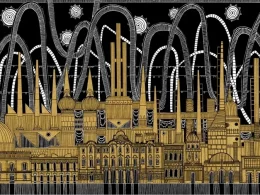Imagine you walk into a cafe and find everyone discussing the strange phenomenon of people turning into rhinoceroses. As they argue and debate the situation, one by one, they start to transform into rhinoceroses themselves, right before your very eyes.
Quite bizarre and surreal, wouldn’t it be?
This is precisely what happens in Eugène Ionesco’s 1959 absurdist play ‘Rhinoceros’. The metamorphosis serves as a powerful metaphor for the dangers of conformity. It can turn individuals into a collective force that overrides their individuality and personal creativity.

Mankind has taken great pride in its ability to stand out from the crowd.
However, lately, it seems everyone is following a cookie-cutter mold. From our living spaces to the attire we don, the cars we drive, the cuisine we consume, the movies we watch, and even the art we produce and admire, are soulless copies of each other. We all have become rhinoceros, even with our horns trimmed down to the same length and shape. We are probably worst off than Ionesco’s characters.
The epidemic of sameness has preyed most on the domain of design. Particularly, in the automotive industry, the designs have become so recurring that we can’t even experience Deja Vu. We don’t live the moment of ‘awe’ anymore. We live in boredom, monotony, and dreariness.
The one reason behind the recurring design is people bandwagoning on the art of letting go, the design ethos- less should be more, as if minimalism is the culmination of every art and design.
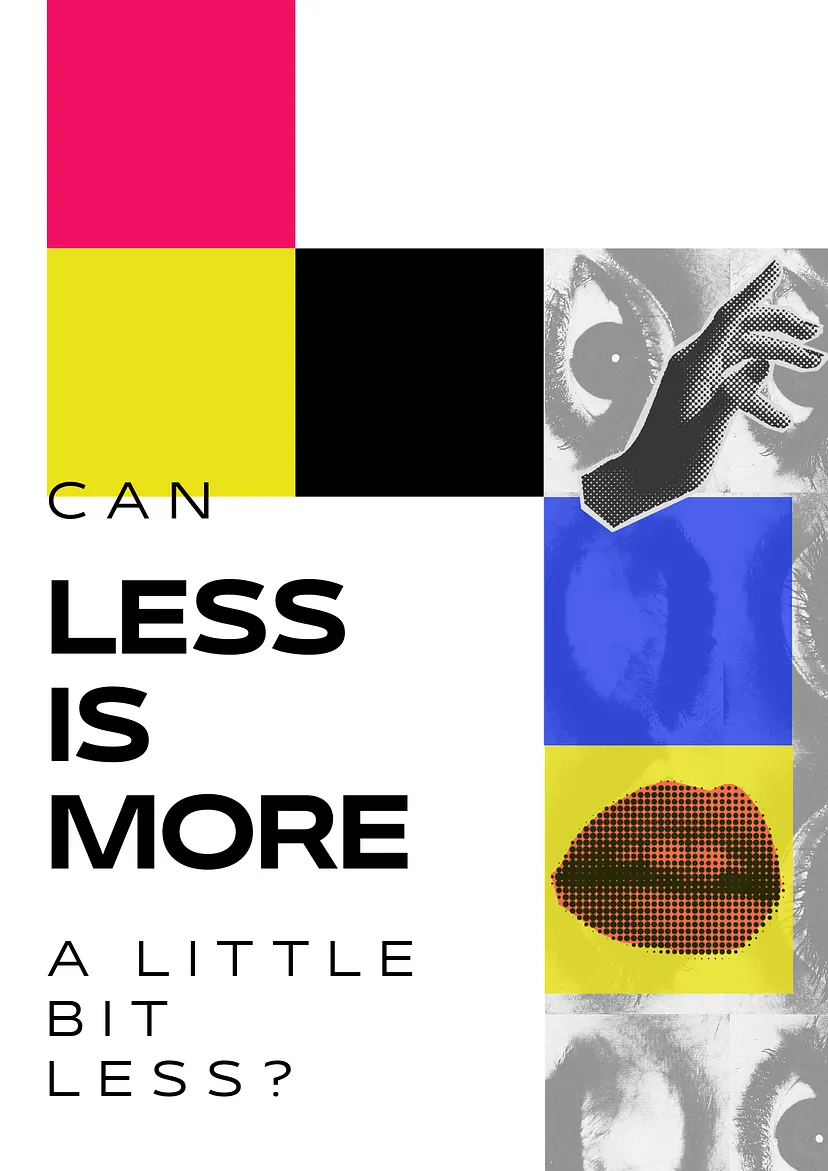
The trend toward simplicity with a focus on clean lines, smooth surfaces, and uncluttered interiors may create a timeless and elegant look, but it is equally contributing to a sense of sameness across different car models and brands. Even the achromatic colors, black, grey, and silver of cars exude the same spirit of banality, as Chris Bangles would say we all have winded up in a silver world.

However, it’s important for us to acknowledge that the designers’ options and creative choices are limited by the global trends that have emerged, leading to a homogenization of car designs.
In the past, a car was seen as a reflection of one’s personal identity. Now they have become primarily functional mobility tools with numerous requirements, such as sustainability, fuel efficiency, aerodynamics, and safety structure.
The existing design approach is insufficient to meet the contemporary demands for better design. It is not only archaic but its principles and beliefs are rooted, in Bangle’s words, in the age of machines.
When the focus is on merely functionality and efficiency and that too at the expense of aesthetics and human connection, role, and inclusivity, mundanity is inevitable.
Design is a child of the machine age. It has been the chief advocate of the other side — the “machines for living” that serve and surround us.
Yes, let’s be real, design has been all about creating things that serve and is controlled by machines for way too long. It disregards human values and instead favors the impersonal concept of machine products, that’s why there’s no room for personality, character, or unique flair within products in this machine-dominated world.
Until we reinvent and rethink our associations and expectations of good and bad design, move away from the idea of the immaculate machine, and embrace imperfection and the human touch, the convergence of design elements across various car brands is going to stay for a long time.
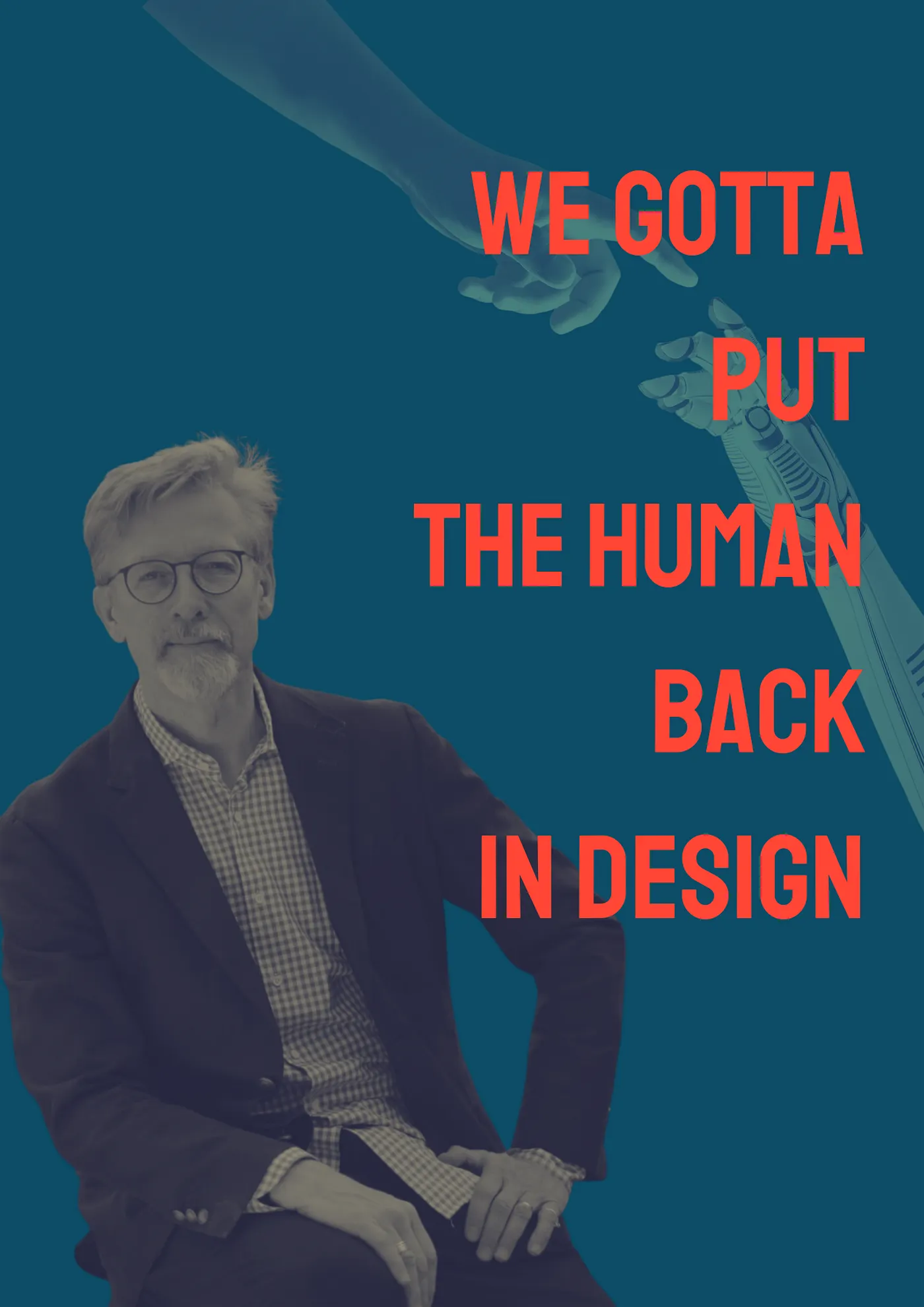
The detachment, alienation, and absence of us humans from design are systematic. The average boring car designs are the result of an average man which is actually the result of the industrial revolution when factories had to standardize production methods and generate identical products that were consistent in size and quality.
This average man, typifying the mass, has to cater to the larger consumer needs, hence cannot be blamed and shamed for not creating wow designs anymore.
The fault lies with the system they live in that has transformed humanity into mechanical beings that prioritize capital above personal creativity. Consequently, the idea of uniformity has deeply ingrained in the culture, leading to the creation of a homogenized society that values conformity over individuality.

Going retro, feeling nostalgic, and revisiting the past is not an option. We must resist the concepts of all-in-one design and that our authenticity lies in the collective.
The antidote is perhaps weird, odd, vibrant, bold, different, ugly, flashy, sharp, and noisy design. But we do not know. Individualism and creativity come with the burden of skepticism.
Tesla’s Cybertruck and people’s ambivalent reactions nonetheless highlight design should not suck to be different and interesting. The question is is Cybertruck the answer? Maybe, maybe not. but it definitely shows that design can redeem itself and elevate its meaning.
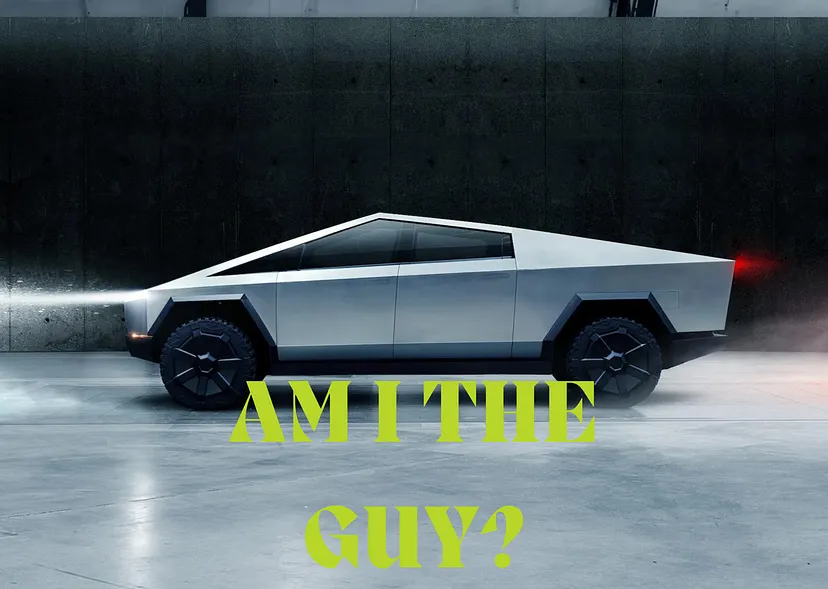
Yes, at the moment we are going through a dark period of design, but no need to be a downer about it. It is a chance for us to get creative and come up with new ways of making people’s lives better by setting fresh standards and boundaries of good design.






